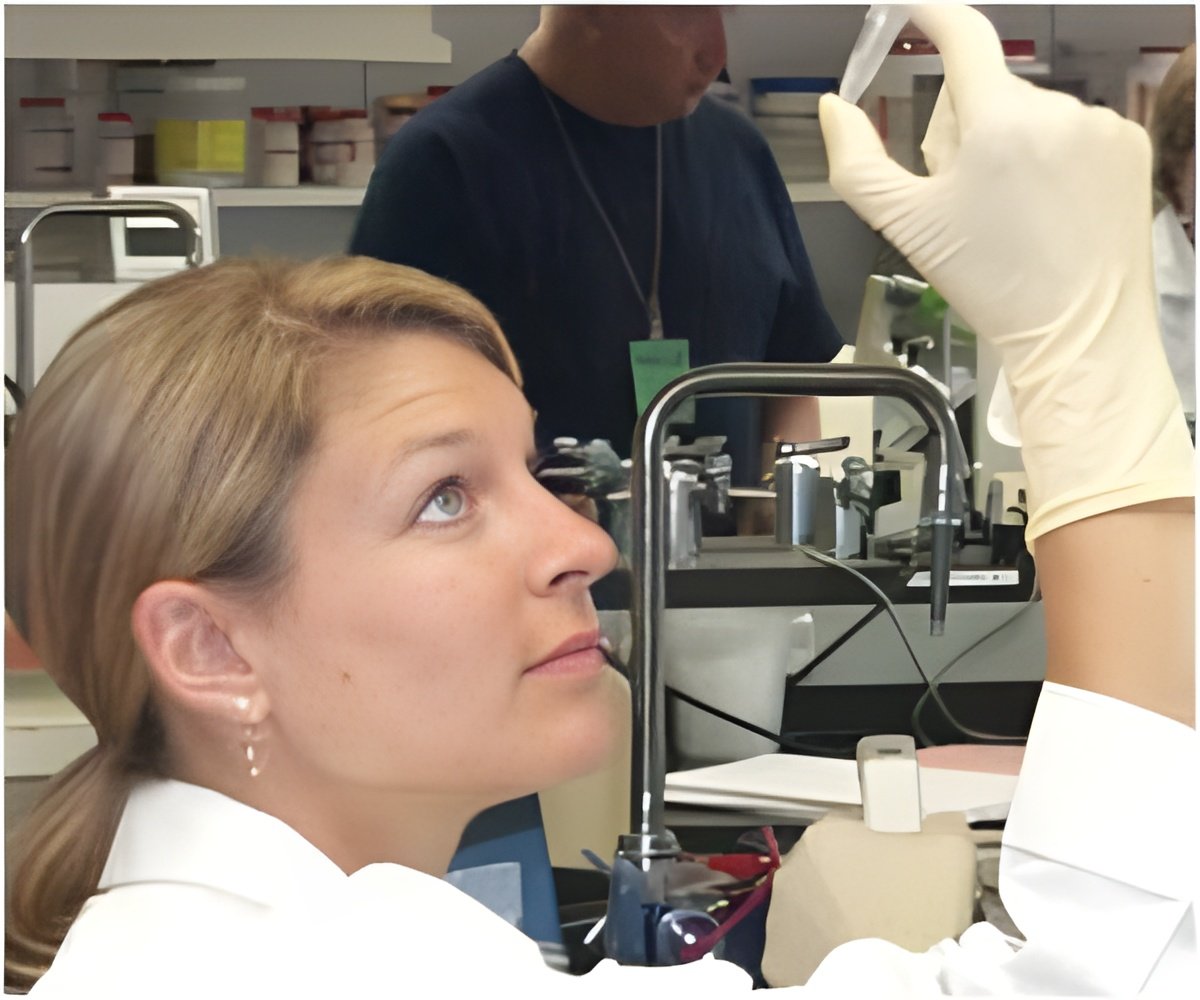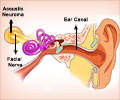
“Our plastics will lead to smaller devices that use safer smaller currents and that encourage nerve interaction,” says biomedical engineer Rylie Green. “Using conductive plastics for medical electrodes is set to revolutionise the performance of bionic implants. They will improve both safety and versatility.”
“The plastics can carry natural proteins which will aid the survival of damaged and diseased nerves,” Rylie says. Her research was published in Biomaterials earlier this year.
Bionic devices, such as cochlear implants or robotic limbs, connect into the nervous system. At present, the electrodes they use are made out of metals such as platinum and iridium. But because metals have smooth surfaces, the body immediately tags them as foreign material and tries to wall them off by growing fibrous, scar tissue around the implant.
So, over time, larger and larger electrical currents must be used to stimulate the nerves through the scar tissue. Eventually, this results in the surrounding tissue and body fluids being subjected to unnatural changes in acidity and to toxins produced from the metal contacts, both of which damage cells.
Conductive plastics or polymers are an alternative to metals. They have rough surfaces which encourage the attachment of cells, meaning they offer potential for improved performance and longevity when implanted in the body as electrodes. Additionally, the highly textured polymer surface can pass electrical current to cells more efficiently than smooth metals.
Rylie has also been able to improve their performance by incorporating natural body proteins. Upon implantation, these proteins help the cells near the electrode to survive and grow, and can reduce the formation of scar tissue. This is especially important in implant recipients where the existing tissue is damaged, as is the case with most deaf and blind patients.
Advertisement
Her work was presented for the first time in public recently at Fresh Science, a communication boot camp for early career scientists held at the Melbourne Museum. Rylie is one of 16 winners from across Australia.
Advertisement
Source-Medindia













